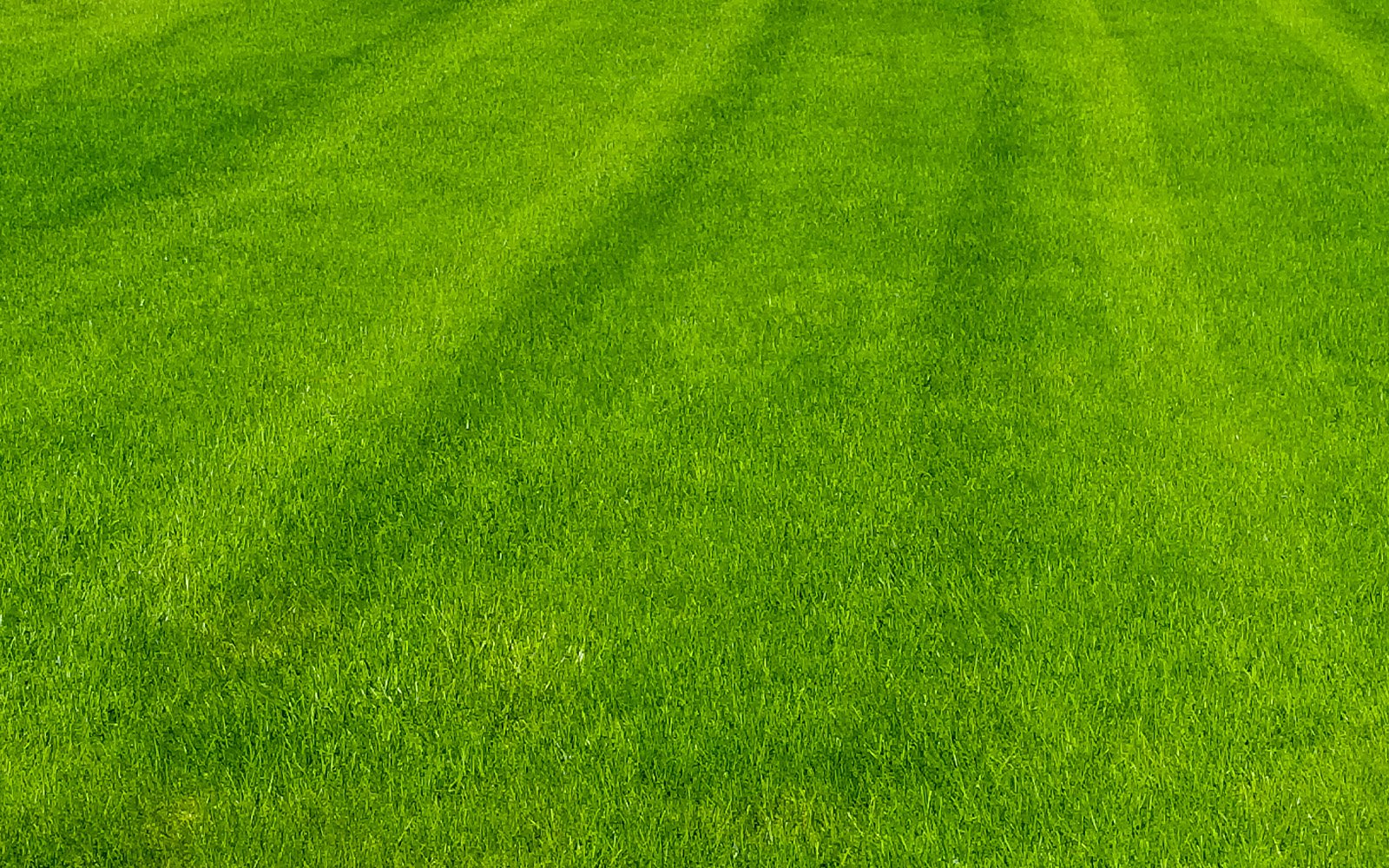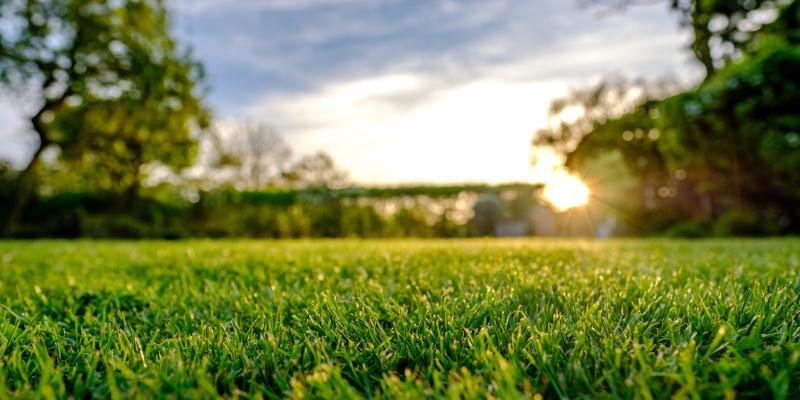
HELPFUL INFORMATION FROM THE PROS
Common Lawn Issues
Common lawn issues and how to solve them
Everyone wants the perfect lawn. It’s what we play on, barbecue on, relax and entertain on. But obtaining a flawless yard is not always cut and dry. Grass requires food, water, and sunlight, just like any other living being. And like all plants, it is susceptible to diseases, climate stressors, weeds, and pests. Here in Maine, we experience all four seasons: mild, humid summers and cold, snowy winters. This gives us our fair share of lawn conditions.
So what is the best type of grass to grow in our coastal state? Are there specific diseases and weeds we should be aware of? Read on and find out!
What are the best types of grass seed to use in our area?
Let’s start with the type of grass we grow in Maine. Generally, there are two different types of grasses, warm-season, and cool-season. While warm-season grasses grow better in warmer environments, cool-season grasses are best suited for the cooler, more humid climate we experience in the Northeast. Warm-season grasses such as zoysia and St. Augustine go dormant when temperatures dip below 65 degrees. Cool-season grasses do not go dormant until after temperatures drop below 45 degrees. That’s why the four best types of grass seed to plant in Maine are:
Kentucky Bluegrass
Perennial Ryegrass
Fine Leaf Fescue
Tall Fescue
When is the best time to plant grass seed in Maine?
The best time to seed your lawn is between August 15 and September 15, when the soil is done suffering from the heat and yet still warm enough for the seeds to germinate quickly. There is typically less competition from weeds and the late summer’s warm days and cool nights make for the perfect time for grass to grow. Just be sure to irrigate your yard frequently to prevent drying out.
If conditions aren't right or the weather doesn't cooperate, late spring is also a great option
What Are the Most Common Lawn Diseases in Maine?
Every region has its own list of common lawn diseases and ailments. Here in Maine, we are no different. Some of the most common we face yearly on our properties include the following:
Brown Patch
Brown patch is a common fungus that quickly starts as a small patch of brown and then quickly spreads. Affected areas can grow up to several feet in diameter. Infestation typically happens when the air is moist and temperatures are consistently above 70 degrees.
Dollar Spot
Also caused by a fungus, dollar spot develops at temperatures between 60 and 85 degrees and produces 2 - 4 inch circular patches. It usually occurs on lawns without fertilizer but can occur on turfs in distress. While it is considered one of the most devastating lawn diseases it can be controlled with adequate fertilizer, water, and fungicide.
Fusarium Blight
Fusarium blight is another fungus that causes grey circular patches to appear. Some blades in the center of the circles may survive, giving them the appearance of a frog eye. The dead foliage may appear bleached. It typically occurs during times of heat and drought. Proper irrigation, fertilization, and dethatching can help.
Melting-Out and Leaf Spot
The symptoms of leaf spot stay true to this disease's name, with purplish-red borders around the leaves and tan centers. The spots may extend to the width of the leaf and eventually cause the death of the leaf tips.
Melting out starts with spots on the leaf blades but then rapidly moves down to the leaf sheaf and invades the crowns and roots of the plant. Patches of dead grass begin to emerge and range in size from several inches to several feet.
These diseases are two of the most destructive lawn diseases in cool-season grasses. They can be hard to control but can be prevented through proper lawn maintenance, controlling thatch, and overusing nitrogen and broadleaf herbicides.
Powdery Mildew
Caused by a fungus, powdery mildew attacks the surface of your grass leaves and grows into a growth that resembles a white powdery substance. This fungus typically develops in shaded areas with poor air circulation and high humidity. It can be prevented by keeping shrubs pruned to allow better air circulation and more sunlight.
Plythium Blight
Occurring as small concave circular patches, Pythium blight thrives in hot, humid weather. In the morning, these patches appear water soaked. Later in the day, the grass in those spots dies, and the dead grass becomes light tan and withered. The color on the edge of the grass blades may appear to have lesions. Wet soil, excessive thatch, and oversaturation make the perfect environment for this disease to grow. To prevent this unsightly condition from taking over your lawn, avoid overwatering, excess fertilizer, and too much thatch, and never mow when the grass is wet.
Smut and Rust
Smut and rust are fungal diseases that cause irregular colors on your turf or plants. Rust causes a yellow appearance, while smut causes a dark, black color to appear. Caused by different types of fungi, their impact is more on the agricultural industry than residential lawns affecting crops such as barley, wheat, maize, oats, and sugarcane. The best way to control these fungi is through a fungicide preventive.
Summer Patch
This highly destructive lawn fungus kills turf by infecting and destroying its roots. While it appears as crescent-shaped patches of brown, wilted, thinning grass, it is a symptom of many other lawn diseases that make it hard to diagnose. Symptoms typically appear during heat and drought stress. Proper lawn care maintenance is the best way to prevent this destructive lawn disease. Proper fertilization, annual aeration, mowing, and watering that keep your roots healthy and strong will help ward off summer patches when climate stressors occur.
What are the most common weeds in Maine and New Hampshire?
Nothing interrupts the beauty of a well-maintained and attractive landscape more than obnoxious, intrusives weeds. A few of the most common lawn invaders we face in our area include:
Canada Thistle
Crabgrass
Common Purslane
Creeping Charlie
Chickweed
Dandelion
Lambsquarters
Pigweed
Spurge
Nutsedge
Shepherd’s Purse
Quackgrass
Buckhorn Plantain
And More!
How Do I Prevent Weeds in Maine?
If you have weeds that have already started flowering and gone to seed but haven’t yet dropped their seed heads, you can still take a pair of pruners and cut their seed heads off. Drop them in a plastic bag for disposal or burning. Don’t use them for composting because they will spread again and regrow. Other ways to prevent these lawn intruders from invading your yard include:
Corn Meal
Corn meal is a by-product of corn processing. When spread over your soil’s surface, it forms a barrier that prevents seeds from germinating and sprouting. Sprinkle a bit of corn meal around your perennial beds, around shrubs and trees, and anywhere else you need to control these unwanted nutrient thieves. Don’t use it in your vegetable gardens, however, because it could also kill those plants.
Mulch
Using mulch is a perfect way to help prevent weeds! It acts as a barrier and smothers existing weeds by cutting off their air supply and preventing sunlight from getting through. In the same way, it will help prevent new weeds from sprouting because they will lack the oxygen or sunlight to grow.
Pre-Emergent
One of the most effective ways to combat weeds is through fall pre-emergent weed control. It is a spray applied to your grass in the fall and early spring. This spray creates a barrier over your lawn, neutralizing the weed seeds before they ever have a chance to sprout. As the name suggests, pre-emergent weed control only works on weeds before they emerge.
How Do I Maintain a Healthy Yard in Maine?
The best way to maintain a healthy yard is through proper lawn care. That includes regular mowing at the correct levels designated for your grass type, proper fertilization with the right amount of nutrients, pre-and post-emergent weed controls, consistent yet deep watering, annual aeration and seeding, and management of lawn surface insects such as grubs.
Save Time and Energy and Hire a Professional!
Save time and frustration, and hire the professionals at Turf Doctor Lawn and Pest Services to take care of your lawn for you. When you partner with us, you can rest assured knowing your yard is taken care of. We offer customizable lawn care services, including several different lawn fertilization and weed control packages, aeration, surface insect and grub control, free soil testing, and, best of all, our no-nonsense guarantee.

